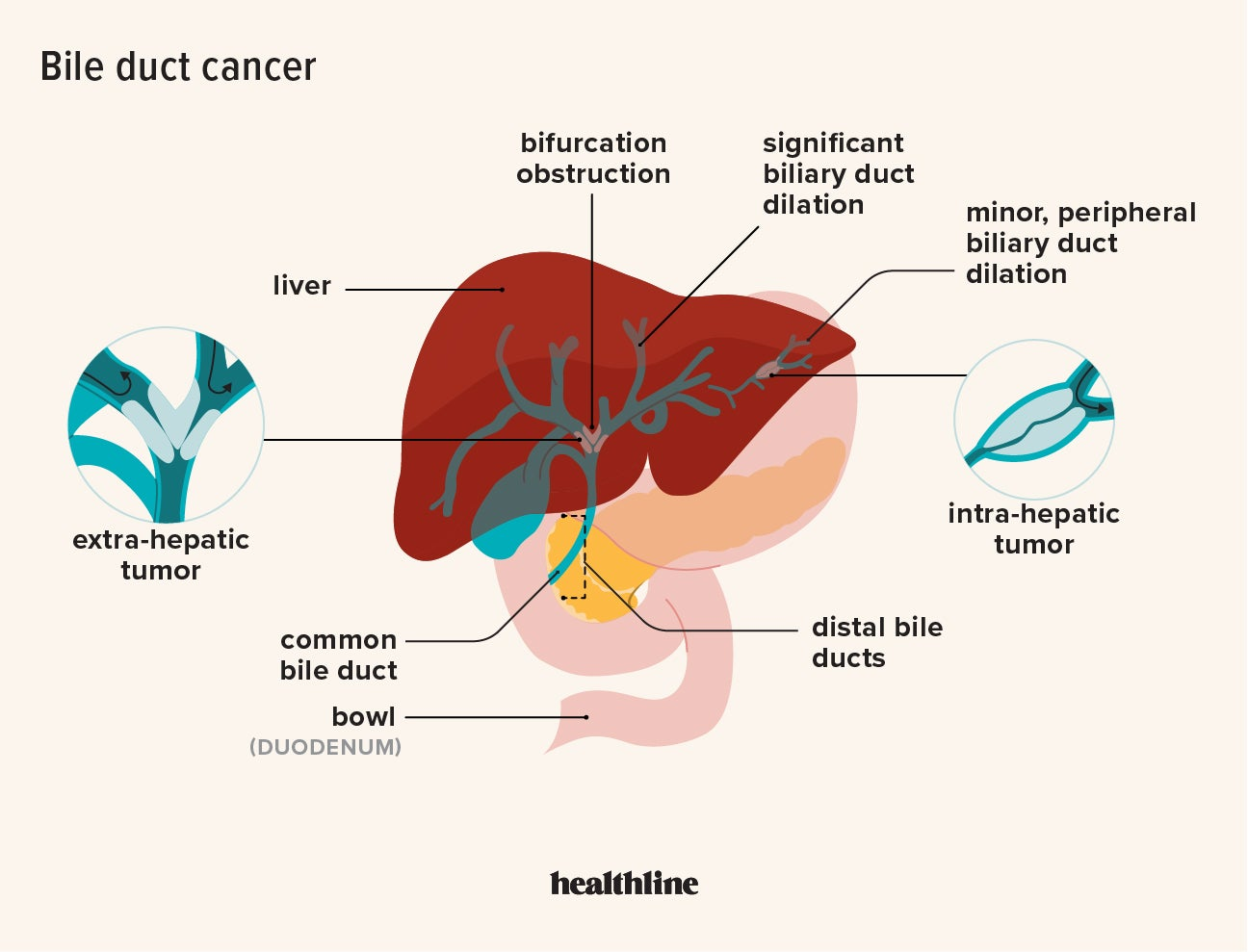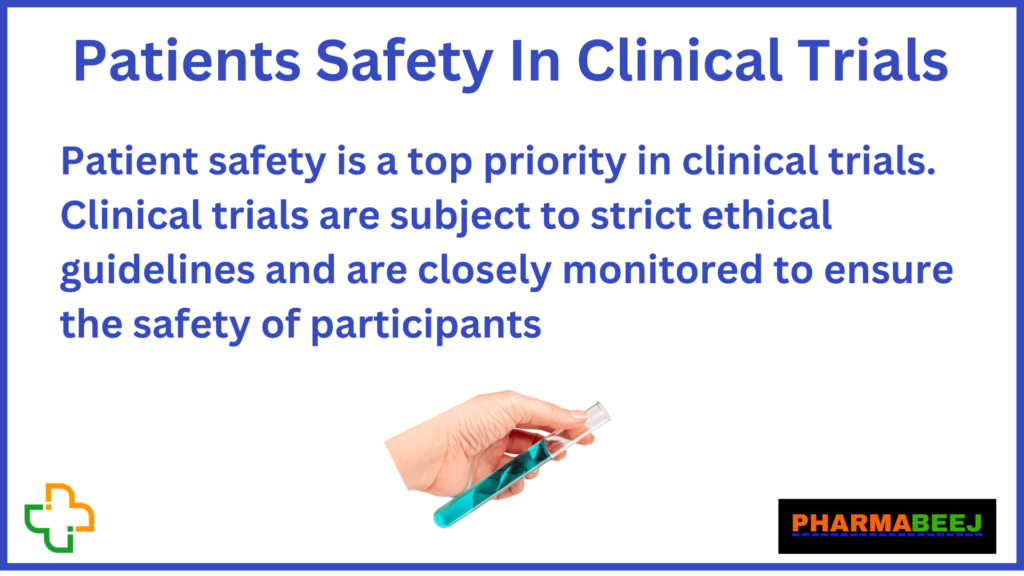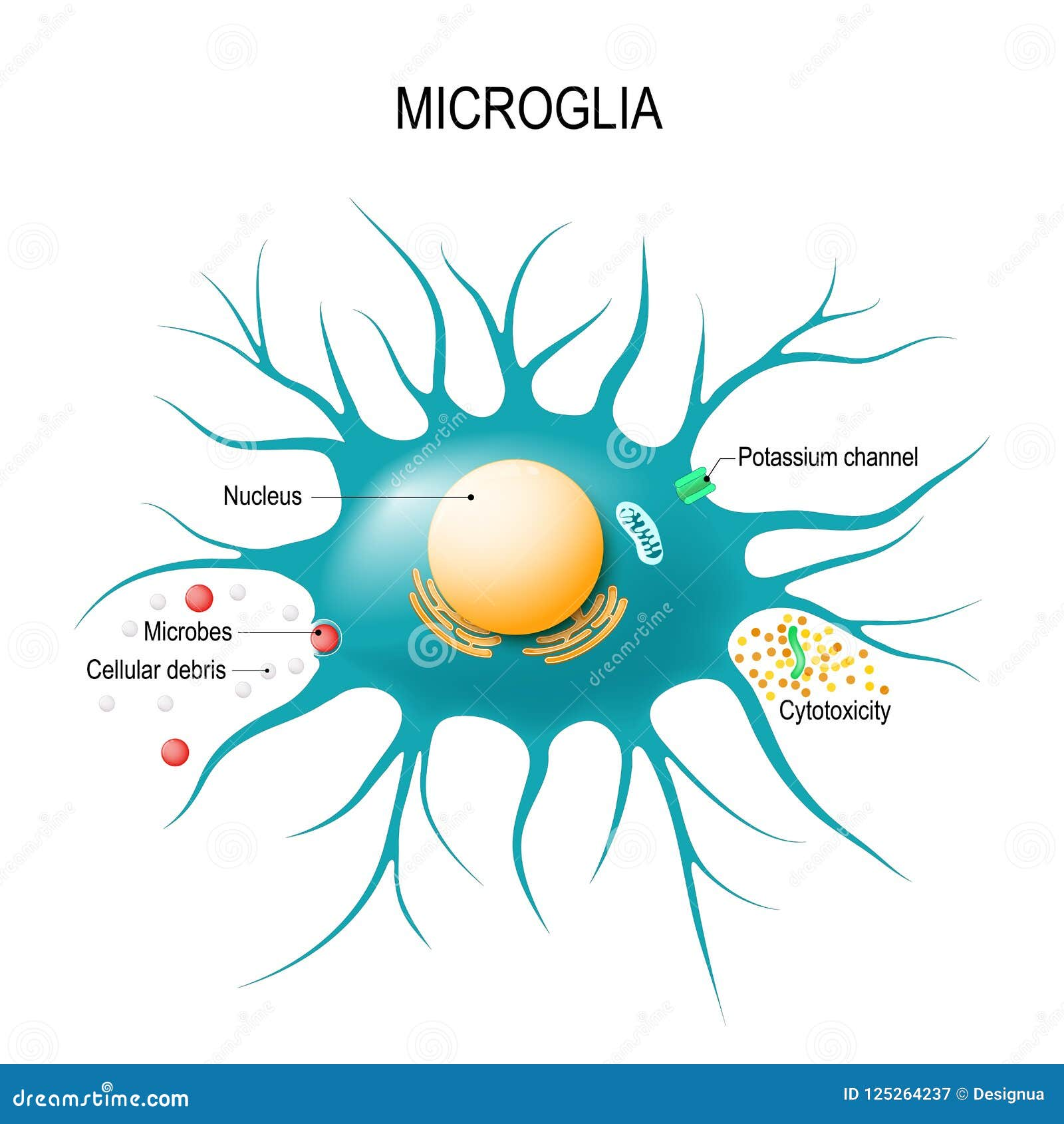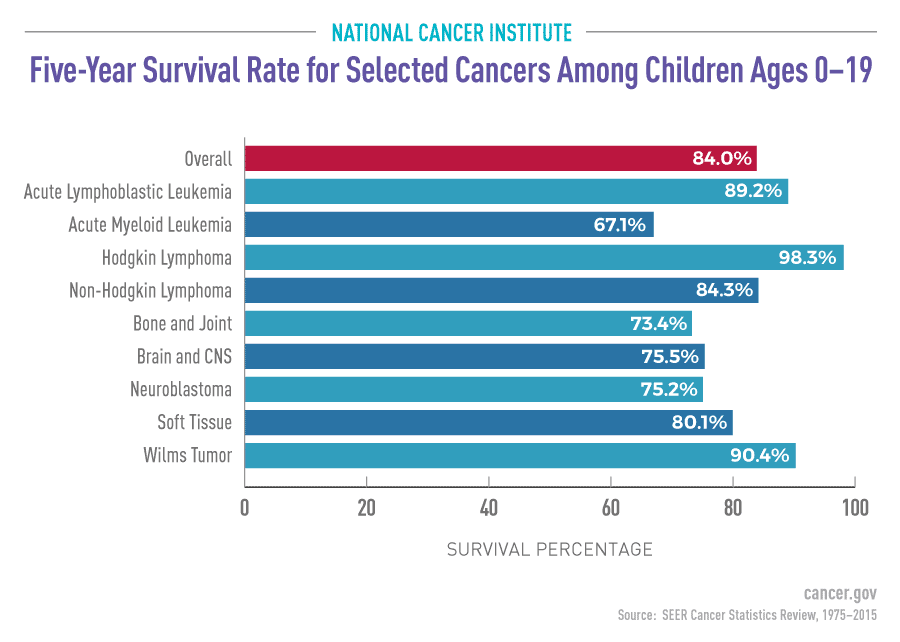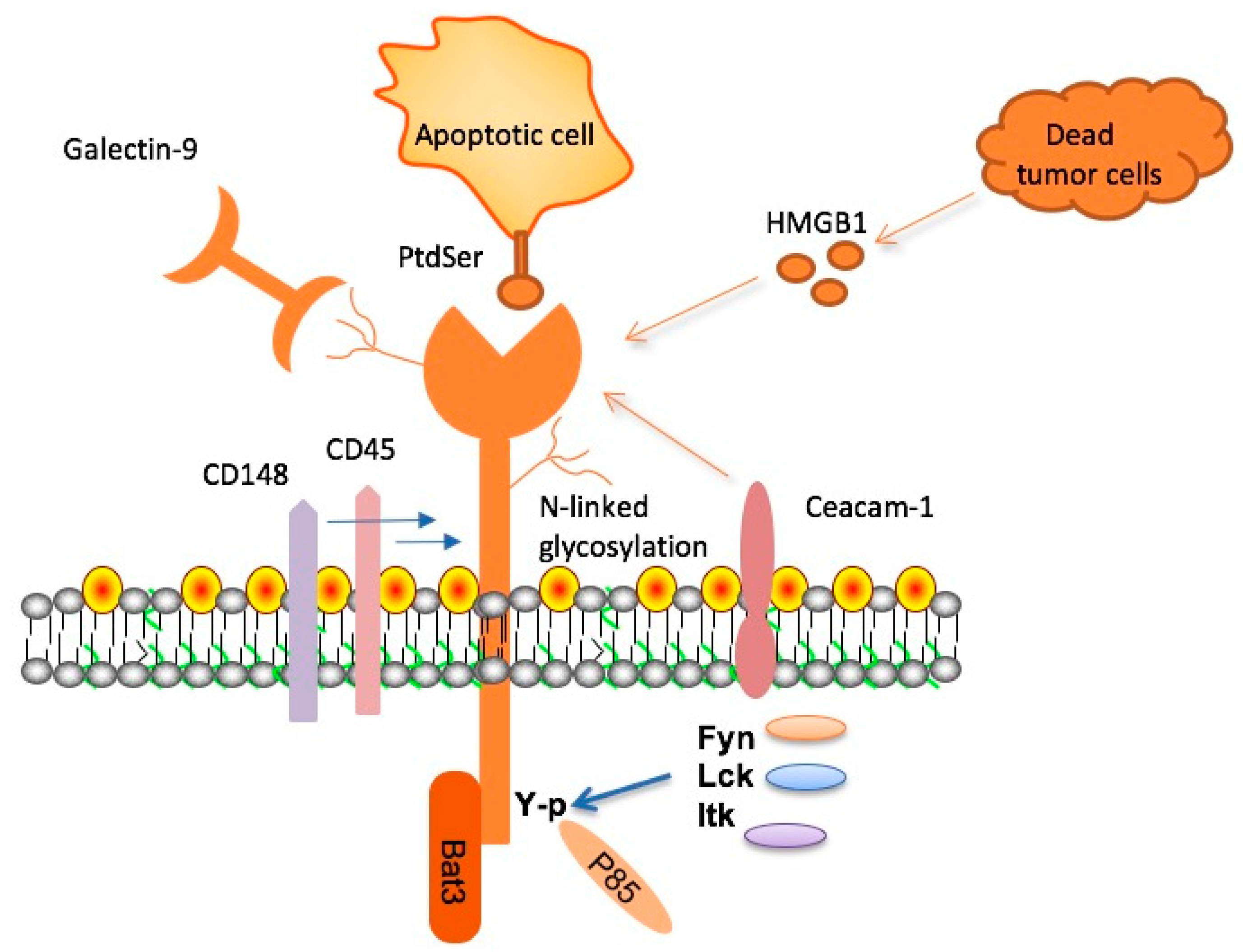
TIM-3 therapy is emerging as a groundbreaking approach in the battle against Alzheimer’s disease, potentially transforming how we address this debilitating condition. Recent research has revealed that targeting the TIM-3 checkpoint molecule can liberate microglia in the brain, allowing them to effectively clear harmful plaques associated with Alzheimer’s. This strategic intervention not only enhances cognitive improvement but also utilizes principles already explored in cancer treatment. By addressing the immune system’s role in Alzheimer’s, TIM-3 therapy may provide a novel pathway to restore memory and brain function. As scientists continue to explore this innovative therapy, there’s hope that it may establish a new standard in Alzheimer’s caregiving and treatment.
Also known as T-cell immunoglobulin and mucin-domain containing-3 therapy, TIM-3 therapy represents a significant shift in our understanding of Alzheimer’s management. This innovative treatment approach leverages the immune system’s natural mechanisms to combat the effects of late-onset Alzheimer’s disease. By inhibiting the TIM-3 protein, researchers are clearing the path for microglial cells to dismantle amyloid plaques that compromise cognitive abilities. The dual application of TIM-3 therapy in both neurodegenerative and oncological settings highlights its versatility and potential for broader therapeutic implications. As research progresses, alternatives to traditional Alzheimer’s treatments may pave the way for enhanced patient outcomes.
Innovative TIM-3 Therapy for Alzheimer’s Disease
Recent research has shed light on the potential of TIM-3 therapy as a groundbreaking treatment for Alzheimer’s disease. The study detailed a process where deleting TIM-3 expression on microglia, the brain’s immune cells, allows these cells to effectively clear amyloid plaques. This therapeutic approach capitalizes on the existing immune system mechanisms, enhancing the body’s natural ability to combat the harmful buildup associated with Alzheimer’s. In experiments with genetically modified mice, the absence of TIM-3 led to significant cognitive improvements, suggesting a promising avenue for future human therapies.
Further exploration into TIM-3 therapy amplifies its relevance, considering that Alzheimer’s disease predominantly affects the aging population. The study’s findings indicate that targeting TIM-3 could not only facilitate plaque clearance by microglia but also rejuvenate cognitive functions that are diminished in Alzheimer’s patients. As researchers continue to investigate the viability of anti-TIM-3 antibodies, there is cautious optimism regarding the potential to positively influence the course of Alzheimer’s disease and bring forth meaningful cognitive improvements.
Understanding Microglia’s Role in Alzheimer’s
Microglia serve as the brain’s primary immune defense, playing a crucial role in synaptic pruning during development and maintaining homeostasis. In the context of Alzheimer’s disease, however, their function becomes disrupted. The accumulation of amyloid plaques in the brain triggers an overexpression of the TIM-3 molecule, inhibiting microglia from performing their natural cleaning duties. This explains why, in Alzheimer’s patients, memory impairments occur as microglia fail to remove harmful aggregates, allowing neurodegeneration to progress unchecked.
The increased presence of TIM-3 in microglia during Alzheimer’s is alarming, indicating a need for strategies that can restore their protective functions. By understanding the delicate balance of microglia activity and TIM-3 expression, scientists can develop targeted treatments that encourage these immune cells to clear amyloid plaques, ultimately slowing or potentially reversing cognitive decline. This approach not only addresses plaque clearance but also restores memory capabilities, underscoring the intricate link between immune response and cognitive health.
Immune Checkpoints: A Dual-Edged Sword
Checkpoint molecules such as TIM-3 play a dual role in the immune system, serving as regulators that prevent excessive immune responses. While this is beneficial in controlling autoimmune reactions, it becomes detrimental in the context of Alzheimer’s disease. The study highlights how TIM-3 inhibits microglia from engaging with and clearing amyloid plaques, leading to an accumulation that contributes to cognitive decline. This paradoxical function emphasizes the importance of modulating immune checkpoints in therapies aimed at neurodegenerative diseases.
In cancer treatment, the exploitation of checkpoint modulation has made significant strides, but its application in neurodegenerative diseases like Alzheimer’s is still nascent. By repurposing existing cancer therapies that target checkpoint inhibitors, researchers may unlock new pathways to enhance microglial function in Alzheimer’s patients. This intersection of cancer immunotherapy and neuroimmunology could provide a framework for future studies focusing on cognitive improvement through immune system enhancement.
Cognitive Improvements Observed in Animal Models
The efficacy of TIM-3 therapy has been profoundly illustrated through behavioral assessments in laboratory mice. The cognitive enhancements noted in mice lacking the TIM-3 gene provide compelling evidence that targeting this molecule can lead to clearer cognitive functions. In navigation tasks and memory tests, these mice displayed significantly improved recall abilities and adaptive behaviors, such as better spatial learning and appropriate responses to their environments. Such findings underscore the potential for TIM-3 therapies to restore cognitive capabilities in Alzheimer’s patients.
Beyond simple memory tests, the behavioral responses of these genetically modified mice reveal deeper connections between plaque clearance and cognitive wellbeing. For instance, normal mice instinctively seek refuge from perceived threats, showcasing their ability to remember and navigate their surroundings. In contrast, the presence of plaques in Alzheimer’s models led to increased anxiety and disorientation, showcasing the direct impact of cognitive decline on survival instincts. Restoring microglial function through TIM-3 inhibition promises a return to more robust cognitive processing and behavioral responses.
Translating Research from Mice to Humans
The transition of TIM-3 focused therapies from animal models to human trials presents both a challenge and a significant opportunity in Alzheimer’s research. Preclinical studies provide a solid foundation, demonstrating that removing TIM-3 expression can improve cognitive abilities and decrease plaque formation in mice. As these findings are translated into human studies, the development of anti-TIM-3 antibodies could be pivotal in targeting Alzheimer’s at a biological level, potentially arresting its progression and improving quality of life for patients.
Clinical trials will need to address various hurdles, including the optimization of dosage and administration routes that are effective in humans. Moreover, the selective expression of TIM-3 in microglia may provide a unique target that minimizes potential side effects often associated with broad immune modulation therapies. With continued collaboration between research institutions and clinical practices, there exists a hopeful pathway to harness TIM-3 therapy as an innovative approach to combat Alzheimer’s disease.
The Future of Alzheimer’s Therapeutics
The journey of developing effective Alzheimer’s therapeutics is fraught with complexities, but recent advancements in TIM-3 therapy offer a beacon of hope. As researchers explore the potential of this immunomodulating strategy, the focus remains on understanding how to harness the body’s immune system to clear out harmful plaques. The convergence of immune system knowledge gained from cancer research with Alzheimer’s approaches signals a promising era in treatment innovation, looking beyond palliative care to more profound disease-modifying interventions.
Future research will likely emphasize not only direct mechanisms related to TIM-3 but also the broader implications of immune function across neurodegenerative diseases. By understanding the intersection between neuroinflammation, microglial function, and cognitive decline, scientists aim to create comprehensive treatment strategies that can alter the disease’s trajectory. As clinical trials commence, the broader medical community will be watching closely, hopeful that TIM-3 therapies could revolutionize the approach to managing Alzheimer’s disease, potentially paving the way for a paradigm shift in treatment.
Implications for Alzheimer’s Disease Prevention Strategies
Preventative strategies in Alzheimer’s disease have gained increasing attention, especially with insights gleaned from TIM-3 research. By understanding how early interventions might modulate immune responses, there is potential for developing approaches that could mitigate the onset of cognitive decline before it becomes apparent. Lifestyle factors, such as diet and exercise, could synergize with pharmacological treatments focusing on TIM-3, creating a comprehensive strategy aimed at preserving cognitive health throughout life.
As awareness grows regarding genetic risk factors like TIM-3 polymorphisms, personalized prevention plans may emerge. Screening for individuals at higher risk might lead to targeted lifestyle modifications or early treatment programs. Ultimately, the early application of TIM-3 therapies could serve as a promising approach to not just address existing Alzheimer’s disease but to reduce the incidence of cognitive decline in at-risk populations.
The Role of Inflammation in Alzheimer’s Pathology
Inflammation is increasingly recognized as a critical component in the pathology of Alzheimer’s disease. Research has shown that the immune response, particularly involving microglia, is both protective and detrimental as it seeks to clear amyloid plaques. However, excess inflammation can lead to neurotoxicity, further exacerbating cognitive decline. TIM-3 expression in microglial cells highlights this complex relationship, indicating that fine-tuning inflammatory responses is essential for therapeutic success.
Addressing the inflammatory aspects of Alzheimer’s through TIM-3 modulation may pave the way for new therapeutic strategies. By controlling the activation and proliferation of microglia, it might be possible to create an environment conducive to plaque clearance while minimizing neuroinflammation. This dual approach could enhance the effectiveness of Alzheimer’s treatments and foster better cognitive outcomes for patients.
Exploring Genetic Factors in Alzheimer’s
Genetic predispositions play a significant role in the development of Alzheimer’s disease, with specific gene variants such as those affecting TIM-3 being closely studied. Understanding how these genetic factors influence the immune system and microglial behavior is crucial for unraveling the complexities of Alzheimer’s pathology. The identification of polymorphisms within the TIM-3 gene, linked to increased risk of late-onset Alzheimer’s, showcases the interplay between genetics and immune response.
Future research aimed at understanding genetic susceptibility will provide invaluable insights into the mechanisms driving Alzheimer’s disease. This knowledge can guide the design of precise interventions that specifically target individuals at risk due to their genetic backgrounds. By leveraging genetic information, the therapeutic landscape of Alzheimer’s may evolve into a more customized arena, enhancing treatment efficacy and fostering cognitive resilience.
Frequently Asked Questions
What is TIM-3 therapy and how does it relate to Alzheimer’s disease?
TIM-3 therapy involves targeting the TIM-3 checkpoint molecule, which inhibits brain immune cells known as microglia from clearing amyloid plaques associated with Alzheimer’s disease. By deleting TIM-3 expression, researchers have found that microglia are freed to attack and remove these harmful plaques, leading to cognitive improvements in mouse models of Alzheimer’s.
How does TIM-3 affect microglia in Alzheimer’s patients?
In Alzheimer’s disease, TIM-3 is overexpressed on microglia, causing them to become homeostatic and preventing them from attacking amyloid plaques. This inhibition by TIM-3 contributes to the accumulation of plaques in the brain, which negatively impacts cognitive function.
Can TIM-3 therapy lead to cognitive improvement in Alzheimer’s disease?
Yes, TIM-3 therapy has shown potential for cognitive improvement in Alzheimer’s models. When TIM-3 is inhibited, microglia can clear amyloid plaques more effectively, resulting in better memory and cognitive behavior in treated mice.
What role does TIM-3 play in the immune system’s response to Alzheimer’s disease?
TIM-3 is an immune checkpoint molecule that regulates the immune response. In the context of Alzheimer’s disease, its high expression on microglia limits their ability to clear amyloid plaques, which leads to increased plaque formation and cognitive decline.
How is TIM-3 therapy similar to cancer treatment?
TIM-3 therapy uses an immune strategy similar to that in cancer treatment by blocking the TIM-3 molecule. In cancer, this blockade helps T cells attack tumors more effectively. Similarly, in Alzheimer’s therapy, inhibiting TIM-3 allows microglia to better target and remove amyloid plaques.
What is the significance of TIM-3 in late-onset Alzheimer’s disease?
TIM-3 is a genetic risk factor for late-onset Alzheimer’s disease, with its polymorphism linked to an increased risk and severity of the disease. The study of TIM-3 provides insights into potential therapeutic interventions for the most common form of Alzheimer’s.
Are there any current therapies targeting TIM-3 for Alzheimer’s treatment?
Currently, research is ongoing to explore TIM-3 therapies for Alzheimer’s. Approaches include using anti-TIM-3 antibodies or small molecules to inhibit TIM-3’s function and potentially restore the ability of microglia to clear amyloid plaques and improve cognitive function.
What implications does TIM-3 research have for future Alzheimer’s treatments?
The research on TIM-3 suggests new avenues for Alzheimer’s treatments that could lead to more effective strategies for managing plaque accumulation and cognitive decline. As existing anti-TIM-3 antibodies are considered for repurposing, there is potential for significant advancements in Alzheimer’s therapies.
| Key Points | Details |
|---|---|
| What is TIM-3 Therapy? | A potential treatment strategy using an anti-TIM-3 antibody or small molecule to block the inhibitory effects of TIM-3 on brain immune cells to promote clearance of Alzheimer’s plaques. |
| Background on TIM-3 | TIM-3 is an immune checkpoint molecule that inhibits the activation of T-cells. In Alzheimer’s, it hinders microglia from clearing harmful amyloid plaques. |
| Research Findings | Studies indicate that deleting TIM-3 in mice enhances microglial clearance of amyloid plaques and improves cognitive function. |
| Alzheimer’s Association | Approximately 90%-95% of Alzheimer’s cases are late-onset, linked to genetic factors including the TIM-3 gene polymorphism. |
| Implications for Future Treatments | The research suggests that anti-TIM-3 therapy could become a viable option for treating Alzheimer’s, especially given previous limitations of anti-amyloid therapies. |
| Ongoing Research | Current studies are underway to test the impact of human anti-TIM-3 antibodies on plaque development in Alzheimer’s mouse models. |
Summary
TIM-3 therapy holds promise as a revolutionary approach to treating Alzheimer’s disease by utilizing the knowledge of immune checkpoints. The research indicates that manipulating TIM-3 can enhance the brain’s ability to clear damaging plaques associated with Alzheimer’s, potentially restoring memory and cognitive function. As scientists continue to explore this innovative path, TIM-3 therapy may emerge as a crucial development in the fight against Alzheimer’s disease, offering hope for improved treatments in the future.
